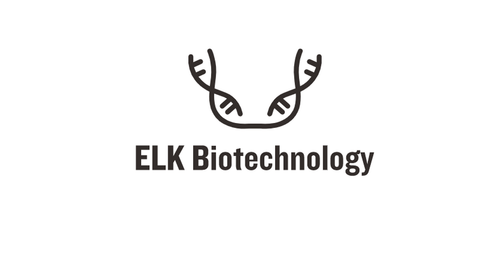Product Description
Human Pescadillo homolog (PES1) ELISA Kit | AE27991HU | Abebio
Species Reactivity: Human (Homo sapiens)
Abbreviation: PES1
Alternative Name: PES; pescadillo homolog 1; containing BRCT domain
Application: ELISA
Range: 0.156-10 ng/mL
Sensitivity: 0.063 ng/mL
Intra-Assay: ≤6.3%
Inter-Assay: ≤9.1%
Recovery: 1, 09
Sample Type: Serum, Plasma, Other biological fluids
Detection Method: Sandwich
Analysis Method : Quantitive
Test Principale: This assay employs a two-site sandwich ELISA to quantitate PES1 in samples. An antibody specific for PES1 has been pre-coated onto a microplate. Standards and samples are pipetted into the wells and anyPES1 present is bound by the immobilized antibody. After removing any unbound substances, a biotin-conjugated antibody specific for PES1 is added to the wells. After washing, Streptavidin conjugated Horseradish Peroxidase (HRP) is added to the wells. Following a wash to remove any unbound avidin-enzyme reagent, a substrate solution is added to the wells and color develops in proportion to the amount of PES1 bound in the initial step. The color development is stopped and the intensity of the color is measured.
Product Overview: PES1 is abnormally elevated in malignant tumors of astrocytic origin. It is a strongly conserved gene containing a BRCT domain that is essential for the activity of this gene product. The gene plays a crucial role in cell proliferation and may be necessary for oncogenic transformation and tumor progression.The deduced 588-amino acid PES1 protein is 74% identical to the zebrafish sequence. The authors noted the presence of a highly acidic region at the C terminus and that the protein has an alpha-helix structure. Immunoblot analysis showed that PES1 is expressed as an unmodified 72-kD protein and a SUMO1-modified 92-kD protein. In situ hybridization analysis revealed wide and high expression of Pes1 in embryonic mouse brain and spinal cord. Pes1 expression was upregulated in malignant, late-passage mouse astrocytes.
Stability: The stability of ELISA kit is determined by the loss rate of activity. The loss rate of this kit is less than 5% within the expiration date under appropriate storage condition. The loss rate was determined by accelerated thermal degradation test. Keep the kit at 37°C for 4 and 7 days, and compare O.D.values of the kit kept at 37°C with that of at recommended temperature. (referring from China Biological Products Standard, which was calculated by the Arrhenius equation. For ELISA kit, 4 days storage at 37°C can be considered as 6 months at 2 - 8°C, which means 7 days at 37°C equaling 12 months at 2 - 8°C) .
 Euro
Euro
 USD
USD
 British Pound
British Pound
 NULL
NULL








